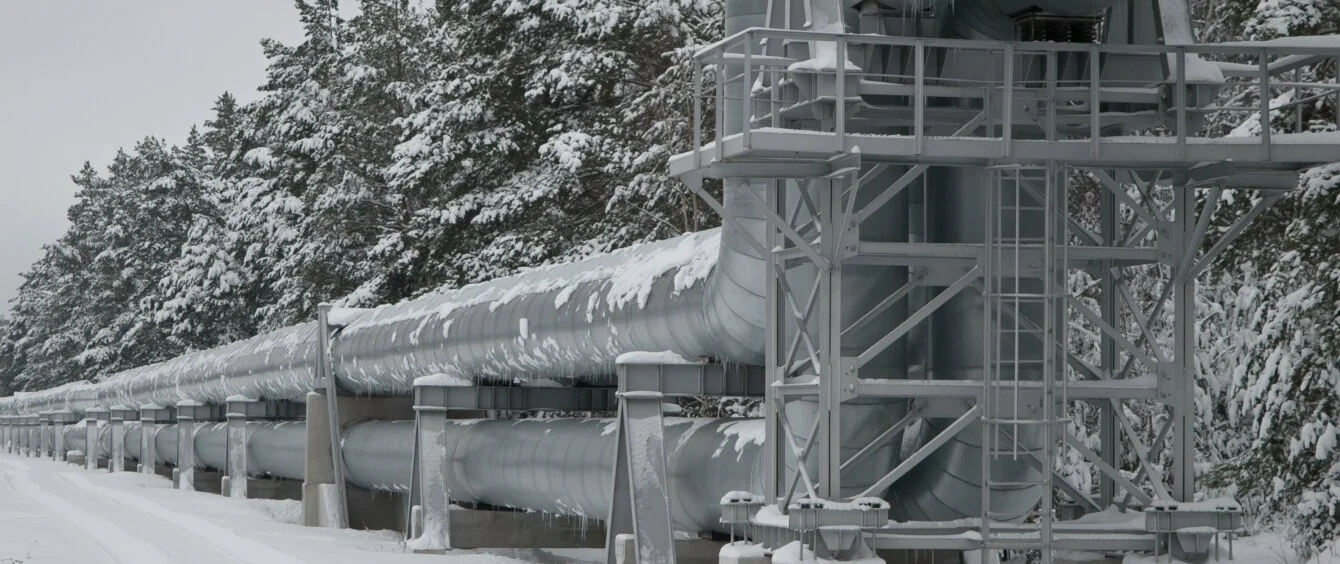Based on appearances, the US government and President Joe Biden introduced the Inflation Reduction Act (IRA) to bolster the nation’s economy and purchasing power. In fact, a large share of the budget of some 390 billion dollars will be spent on restructuring the energy supply system.
Markus Krebber, CEO of energy company RWE, thus claimed the title of the act was a misnomer if not misleading. Krebber proclaimed at the Euroblech trade show in Hanover, Germany, that it was actually a “ten-year infrastructure building and expansion program.” He added that conditions in the USA are better than anywhere else.
However, the program has a catch when it comes to European industry: To ensure that product manufacturers benefit from the subsidies, a very large part of the value chain must be located in the USA. Politicians and German industry representatives are thus cautioning that a race for subsidies might ensue, not to speak of a full-blown transatlantic trade war.
Second law promoting sustainability expansion
Enacted in August 2022, the IRA is not the only program through which Washington intends to spur the energy transition in the USA. Back in November 2021, the government had pledged a 62 billion dollar budget to the US Department of Energy by way of the Infrastructure Investment and Jobs Act (IIJA), also known as the Bipartisan Infrastructure Law (BIL).
This legislation commits substantial funds to a future hydrogen economy. The BIL alone has set aside 9.5 billion dollars to expand the hydrogen economy, including benefits for hydrogen vehicles and filling stations. However, the centerpiece of the hydrogen strategy is a tax credit of up to three dollars for every kilogram of hydrogen produced.
Green, blue and pink – the clean hydrogen color scheme
Objectives and guidelines for the establishment of a clean hydrogen sector have been set out in the Department of Energy’s Clean Hydrogen Strategy. Definitions include ‘green,’ which designates hydrogen produced using renewable energy by methods such as electrolysis. The programs also envisage subsidies for other hydrogen production techniques implemented in the US.
Blue hydrogen is obtained by conventional methods based on natural gas. Unlike classical grey hydrogen, however, the resulting greenhouse gases are both captured and stored. Pink is the color code for hydrogen produced through electrolysis based on electricity generated from nuclear energy, avoiding greenhouse gas emissions. Pink hydrogen is also considered to be clean in the USA.
Hydrogen to cost one dollar per kilogram
However, the full, three dollar, subsidy will only apply to the green grade. This could reduce the price paid by customers to between 1.5 and 2.5 dollars per kilogram of hydrogen. This would make it a competitive option to grey hydrogen, which is usually in the same price range.
In addition, the US government wants to promote technologies promising huge production cost reductions along the entire hydrogen value chain, ultimately driving down the price to one dollar per kilogram of hydrogen within a decade. This is one of the three main goals of the hydrogen strategy.
Greatly influential applications come first
Another major objective is to provide clean hydrogen first to applications capable of achieving significant emission reductions with little effort. This is deemed important especially as long as supply is limited.
Among these is the production of key starting materials such as ammonia and methanol. Over 90 percent of emissions from these applications could be avoided in the next few years by a 1:1 replacement of fossil with clean hydrogen. From the 2030s onwards, hydrogen could then be increasingly used in steel production and as an energy source, for instance in long-haul heavy-load transport and process heat at temperatures exceeding 300 degrees centigrade.
Plans also envisage deploying hydrogen to generate electricity in power stations, as the medium can store substantial amounts of energy at much lower cost than, e.g., lithium-ion batteries – a fact recently documented in various pieces of literature including an interdisciplinary study conducted by the Massachusetts Institute of Technology (MIT).
What are Regional Clean Hydrogen Hubs?
Regional networks drive technologies
Such cost reductions can only be achieved for hydrogen that can actually be produced and transported. This is why the US administration intends to subsidize the construction of grids. In fact, eight of the 9.5 billion dollars of the IIJA/BIL budgets have been earmarked for this purpose.
According to an analysis by the Center for Strategic & International Studies, 21 clusters had already united across all regions of the 48 lower states by the middle of 2022. Fourteen of them want to use renewable energy to produce hydrogen, with four planning to go with nuclear power. Ten of the grids intend to produce blue hydrogen, amongst other grades. The invitation to tender will result in six to ten of the networks receiving a subsidy. Final applications must be received by the Department of Energy by April 2023.
The authors of an analysis by independent non-profit institute Resources wish for more clarity on the selection criteria. However, they welcome the hydrogen strategy in general, declaring, “This program has the potential to jump-start a clean hydrogen economy and enable decarbonization in multiple sectors.”
